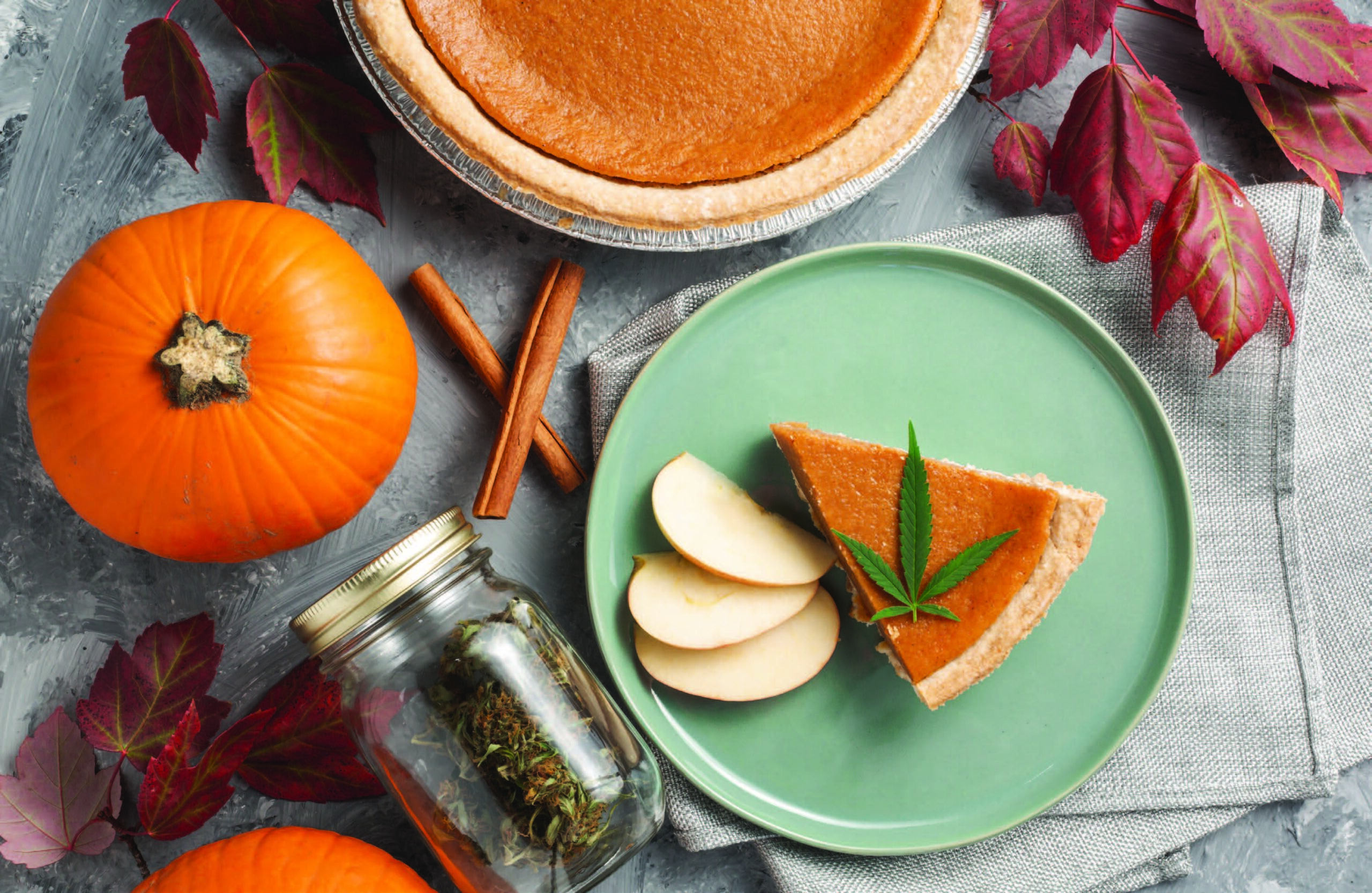One of my very first solo forays into fermentation was a cider, an oatmeal cider to be exact. I was working at a winery, taking my first peeks at moving to brewing but wanted to take some baby steps and also wanted to do the thing on my own. I chose an oatmeal cider because I wanted a fuller body and better head-retention. It was, and still is, something I would have loved to see in a production cider. Though my cider didn’t quite pan out (it made plenty of booze, but my priming sugar didn’t have enough pop to carbonate the cider in the bottle), I still have a love for the seemingly simple craft. Having been involved in the production of craft beer going on three years now, I have even more appreciation for what goes into making a good cider.
Even though beer is primarily an agricultural product – two out of the four main ingredients come from farms – there are a lot of steps that remove the brewer from the farm. The grain comes from the harvester, the malter or the supplier before it comes into the brewery. Hops are usually just as distant, if not more so, when in a single batch of beer, it would be easy to have hops from three continents without even trying. In contrast, a good craft cider is usually only one step removed from the cider house, and sometimes, it’s not even one step: the orchard and the cider house are one and the same.
That sort of connection to the earth is a pretty cool thing and has a lot of allure and romance to it. Cider itself is also a pretty cool beverage and can be just as diverse and varied as beer or wine. If I couldn’t make beer (and if I wasn’t allowed in a distillery), I’d most certainly be making cider, and I don’t think I’m alone in the sentiment. When Greg Hall, former brewmaster at Goose Island, signed a noncompete clause with ABInbev after the sale of Goose Island, he went and opened a cider house.
Aside from the whole, having to farm an apple orchard thing, cider making seems easy, right? But even picking the right fruits for your cider is important. Traditionally, all the flavor of a cider comes from the fruit, the fermentation and the storage. And starting with a good fruit makes the other two aspects pop.
The best way to talk about this is to compare a couple mainline craft ciders, starting with one that uses a variety of fruit and fermentables, Woodchuck’s Amber (Middlebury, Vermont). Despite its name, Amber is a soft orange color, perfect clarity, a fruity aroma, light bodied with sparkling carbonation and no head. There was a little residual sweetness but not syrupy or overly sweet. It basically tasted like bubbly apple juice.
Aspell Dry, from Aspell Cydery in Suffolk England, has a lot of similar characteristics: sparkling carbonation, no head, light bodied, a very pale yellow color, almost clear. This is where the similarities end. This cider had a handful of faint and drifting aromas of wild flowers, coconut, vanilla, and flavors of orange, grapes, and a little like a whetstone (I swear I’ve never licked a whetstone, but this cider made me think of that for some reason).
The difference, I think, comes from the history of cider drinking in the two countries. In the United States, cider is an alternative to beer or wine, and in Europe, it is its own cultural artifact with its own history. In Europe, much like its wine-making tradition, there are certain apples that one uses to make cider, and it’s blended and fermented in a particular way. But in the United States, the attitude is often, “get the sugar out, get it fermented, and let’s package our alcohol asap”.
Thankfully, that attitude is changing. Woodchuck has a Private Reserve Cherry that is a barrel-aged cider that is complex and delicious and wonderful, comparable to a kriek or lambic. Then there is Argus Fermentables (and a lot of craft cideries are going this direction), a cidery that focuses on regionally-sourced apples and flavors. Their Ciderkin is a pretty non-typical cider: it has gushing, champagne-like foam, tons of earthy tannic notes and lots of acidity to balance that out. It’s kind of opened my eyes a bit as far as cider goes, because I was getting pretty grossed out by seeing all the mega breweries putting out really terrible ciders.
Robert Alan Wendeborn is a former cellar operator at Ska Brewing and current lead cellar operator at Tin Roof Brewing in Baton Rouge, Louisiana.













